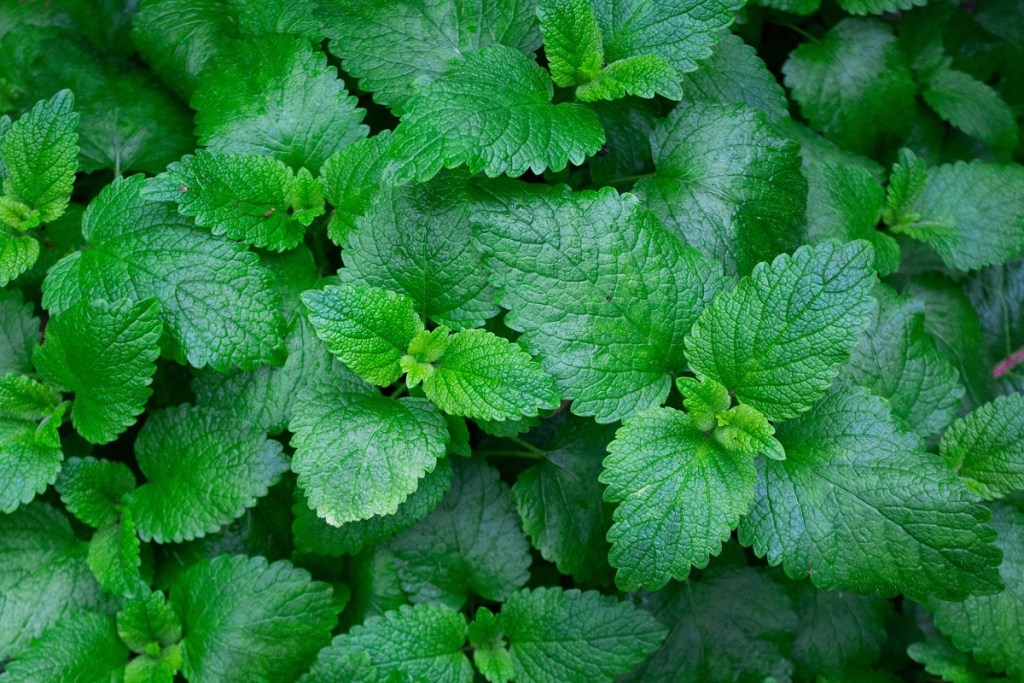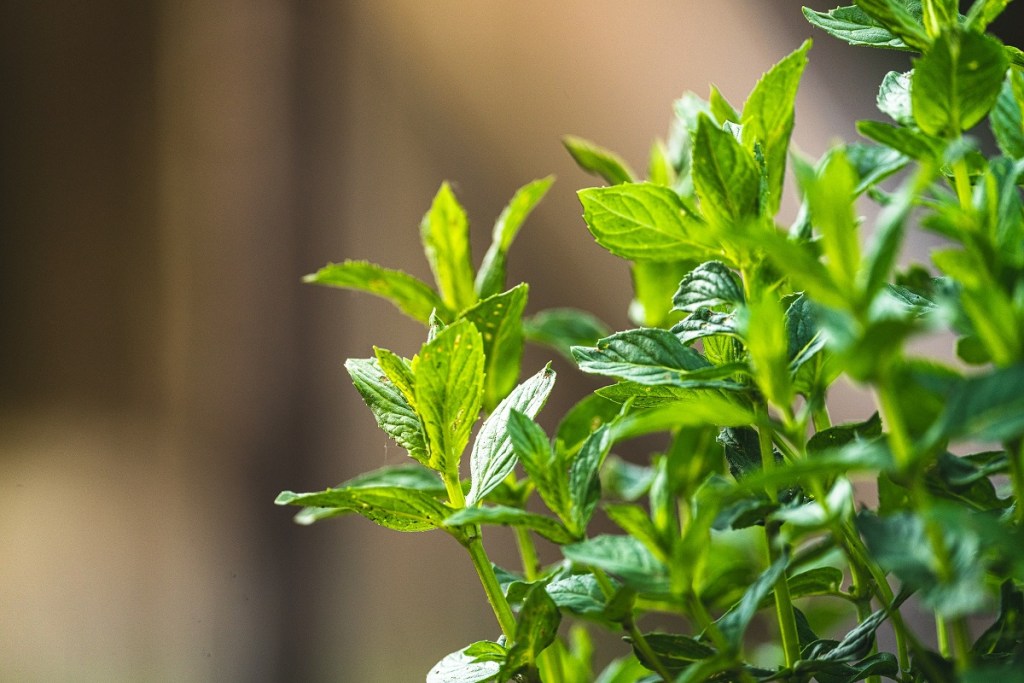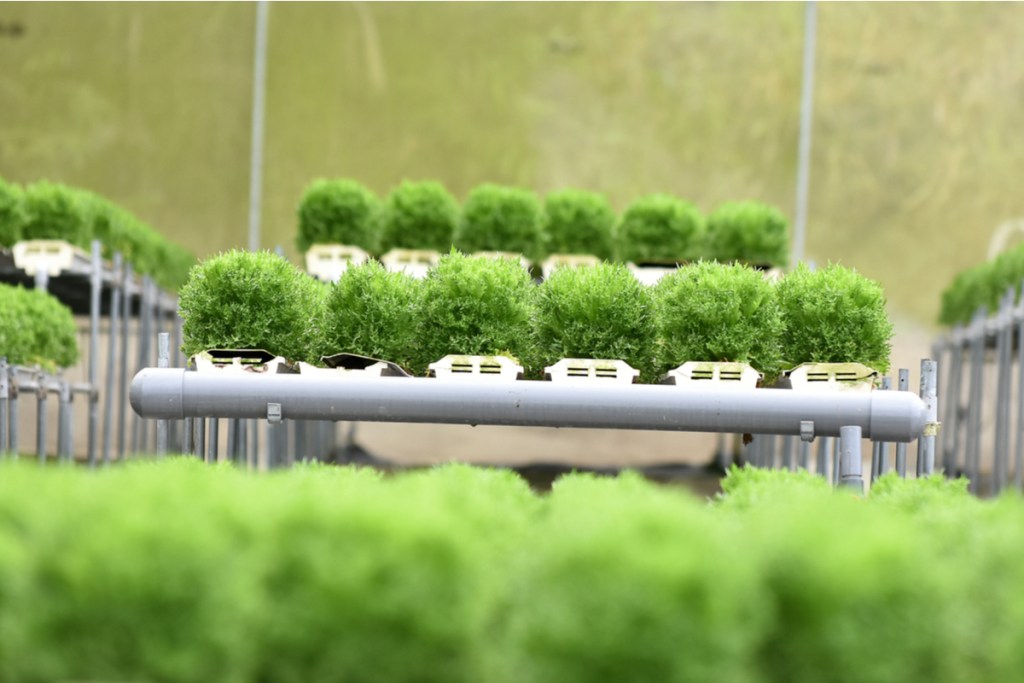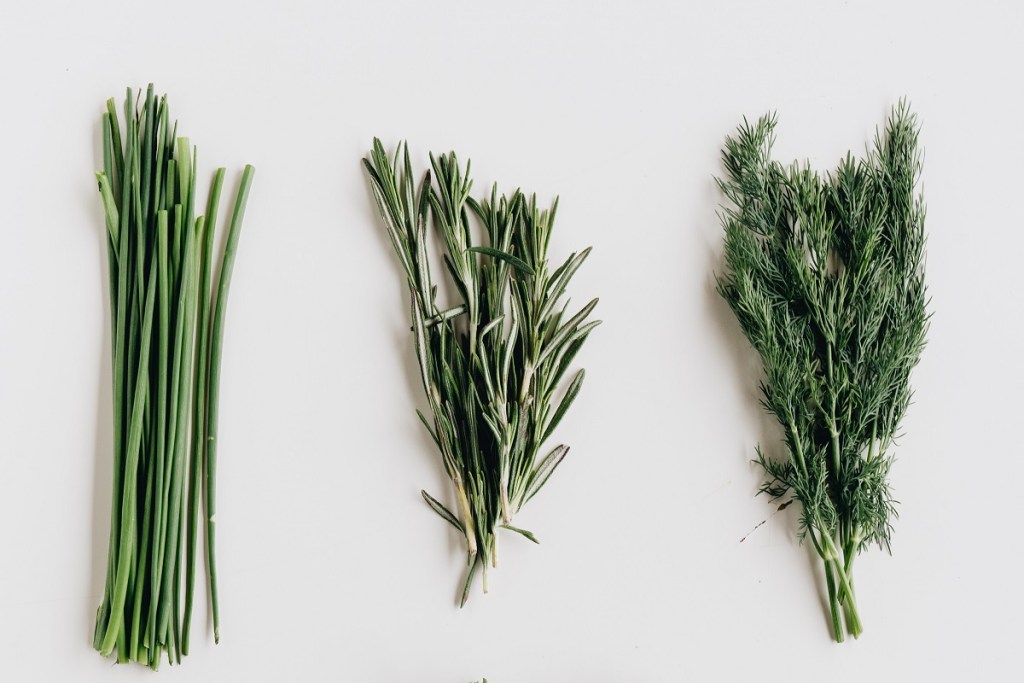Many people don’t know much about hydroponic growing, let alone how to grow herbs in water. Hydroponic systems can be quite useful for both home and greenhouse gardeners but often have more initial costs upfront that can make them seem intimidating. That’s why, for a hydroponic herb garden, it’s important to know which herbs grow in water so that you have the highest chance of success with your new system.

Can you grow hydroponic herbs?
You can! Hydroponic growing is said to cultivate better-tasting herbs that have a more potent smell than their soil-grown counterparts. It is, however, a bit trickier than container growing until you can the hang of it. The environment needs to be more consistent, and the system itself is more of an upfront investment; however, if you’re serious about learning how to grow hydroponic herbs and maintaining a hydroponic system, it’s perfectly doable!
Herbs will grow best in a hydroponic system when the temperatures stay between 65° and 70° F during the day and drop no more than 10 degrees at night. Because herbs don’t like to be wet all the time, hydroponic systems are actually an ideal way to grow them because most systems are set up to give the roots both oxygen and water.
Many herbs like at least a little humidity, so if you have a drier home, you may want to invest in a humidifier to aid in their growth. Depending on where you’re setting up your hydroponic system, it’s possible you’ll also need other items to help maintain an environment, such as a space heater, a fan, and some grow lights.

Hydroponic herbs
While most herbs can be grown hydroponically as long as proper care is provided, there are some that are better suited for being grown in water.
Those include:
- cilantro
- lemon balm
- mint
- thyme
- basil
- oregano
- parsley
- chamomile
- watercress
- sage
Most of these herbs thrive in water in some way, shape, or form. Mint was actually one of the first few herbs to be grown hydroponically.
As you grow these herbs in water, you may notice that they look a little different than herbs grown in soil. It’s possible your herbs will have fuller leaves and stems, and that makes it even more important to begin harvesting when the plants are ready. These herbs will do the best they can with the care you give them, which will include trimming, pruning, and harvesting as well as supplying the water with nutrients. Luckily, hydroponic systems are built to help with that exact aspect.

Setting up your hydroponic system
There is a variety of different systems you can choose from for your indoor hydroponic herb garden depending on the space you have. You may find that one is more in your price range or better suited for where your setup will be. There are three main hydroponic systems: The nutrient film technique, the ebb and flow system, and the Kratky method.
The most ideal system for herbs will be the nutrient film technique. This hydroponic setup uses a pipe to pump and drain fertilized water to and from your plant trays. The trays are set up at an angle, which allows the fertilized water to flow down and over the roots of the herbs without drowning them. The roots absorb the nutrients they need, and the excess is pumped back into the system. Nothing goes to waste!
A more cost-effective option, if you’re only partially considering hydroponic growing and aren’t sure you want to fully commit, is to buy a pre-built system. There are plenty available that will allow you to test out hydroponic growing on a smaller level before investing in your own setup.
It’s also worth considering adding an oscillating fan to whichever system you choose, which will ensure the plants consistently receive fresh air.

Harvesting your hydroponic herbs
As soon as your herbs are around three to four inches, you can pinch the tips to help encourage branching. Wait a bit for some new growth, and then harvest as needed. You want to be sure not to harvest too much and stress the plant, but keep in mind that the more regularly you trim back the plants, the more you’ll encourage new growth. Regular trimming keeps the herbs healthier and living longer but should be kept to no more than a third of the existing plant.
Hydroponic growing is often a bigger upfront investment but can be rewarding over time once you’ve learned exactly what you’re doing. The biggest benefit of growing herbs hydroponically is that you’ll always have a fresh batch of your favorite ones on hand to use in recipes or even just to add a lovely scent to your kitchen!
If you’re interested in getting started, buying a garden kit is always a good first step.
Editors' Recommendations
- Stunning Monstera plants that you should add to your indoor plant collection
- The best Christmas herbs to grow to infuse the Yuletide spirit into your home
- Gardening 101: 7 easy seeds to grow in cups for a tiny, adorable, and low-maintenance indoor garden
- Use these tips to start a successful indoor vegetable garden this winter
- Grow these herbs for Halloween to make your celebration even spookier



